Bandera puerto rico vs cuba: La cercanía de las banderas de Cuba y Puerto Rico
La cercanía de las banderas de Cuba y Puerto Rico
La cercanía de las banderas de Cuba y
Puerto Rico
Por Gabriel Cartaya
A
Maribel Sánchez-Pagán y Rafael Pagán
Las banderas de Cuba y Puerto Rico guardan una
similitud que se entrelaza con el poema de Lola Rodríguez de Tió: “Cuba y
Puerto Rico son/de un pájaro las dos alas”. Ambas fueron concebidas con cinco
franjas horizontales, un triángulo equilátero a la izquierda y una estrella de
cinco puntas dentro de él. Poseen los mismos colores, variando sólo su
distribución. Las dos franjas blancas interiores
se corresponden, diferenciándose las
restantes, que en el emblema cubano son azules y rojas en el
puertorriqueño. El triángulo en la bandera de la mayor de las Antillas es rojo,
mientras la isla hermana lo prefirió azul, pero la estrella en ambas goza de la
misma blanca claridad.
La historia de cada una tiene un camino propio, construido de sueños, esperanzas, quebrantos, rupturas, fracasos y triunfos, y en su especifidad identitaria se acercan, fortaleciendo la solidaridad derivada de la raíz común, en la sangre y en la bandera.
La cubana procedió, en 1850, de un sueño
anexionista, cuando Narciso López la desembarcó en Cárdenas con el propósito
confeso de arrancar a la Isla de España y sumarla a los estados de la Unión
Americana. Sin embargo, 19 años más tarde se hizo independentista, aprobada por
la Asamblea de Guáimaro como bandera cubana de los mambises.
La puertorriqueña nació de un esfuerzo independentista antillano, en
1892, dentro del proyecto que reunió a sus mejores hijos y a los cubanos junto
a José Martí en el Partido
Revolucionario Cubano (PRC). Pero fue derivando, en la historia compleja y
apasionada de una ínsula bien poblada que España entregó a Estados Unidos,
hacia las posiciones que concibió Narciso López para la cubana. Por esas
Por esas
paradojas eternas de la historia, la originalmente anexionista se erigió
independentista en una larga guerra, para flamear en nombre de una nación
independiente en 1902. En tanto, la de brotación independentista se fue
replegando y readaptando, una y otra vez, hasta conseguir una legitimidad, en
1952, donde el 50 por ciento del concepto libre se compartió con el de
asociado.
Las precisiones sobre el origen de las dos banderas son diversas. La
cubana, como hemos dicho, que ideó López
en Estados Unidos bajo la influencia de los colores y símbolos de esa
nación, fue diseñada por el poeta Miguel Teurbe Tolón, quien contó con la mano
costurera de su esposa Emilia para verla nacer,
alrededor del entusiasmo del escritor
Cirilo Villaverde, José Aniceto
Iznaga Borrell, Juan Manuel Macías y
otros cubanos desterrados en Nueva York.
Sobre los orígenes de la bandera puertorriqueña han
subsistido dudas acerca de su autor y fecha exacta de creación. Como la cubana, es en Nueva York donde vino a la luz, cuando
Como la cubana, es en Nueva York donde vino a la luz, cuando
José Martí está organizando el PRC, en cuyo primer artículo de sus Bases
incluyó la independencia de las dos islas. Hubo una gran cantidad de
puertorriqueños en ese proyecto independentista. Muchos de ellos ocuparon
cargos cercanos a Martí, como Sotero Figueroa y
Antonio Vélez Alvarado, con quien se ha identificado la creación del
estandarte similar al cubano.
| José Martí en Jamaica, en octubre de 1892. Al fondo las banderas de Cuba y Puerto Rico |
Es realmente en ese
ambiente que surge la idea de la bandera puertorriqueña. Siempre se
menciona a Vélez Alvarado, José de la Matta Terreforte, Manuel Besosa y al poeta Francisco Gonzalo (Pachín) Marín, como el
grupo creador de la bandera. Las
imprecisiones crecieron cuando, en 1923, Terreforte, ya anciano ( estuvo junto
a Betances en el Grito de Lares, en 1868)
declaró que fue Pachín quien le envió una carta, desde Jamaica, con el
diseño que tendría el blazón independentista de su patria. Me resulta dudoso,
Me resulta dudoso,
porque el poeta Pachín ya estaba en Nueva York en 1891, trabajando en la
imprenta de Vélez, y parece ser en este ambiente, mezclado de cubanos y
puertorriqueños apasionadamente independentistas, donde afloró este símbolo.
Muchos historiadores de Puerto Rico sostienen que la
bandera se izó en Nueva York, por primera vez, el 22 de diciembre de 1895,
durante una reunión de la Sección de Puerto Rico del Partido Revolucionario Cubano, que tuvo lugar en el Chimney Corner Hall de
esa ciudad.
Parece ser que en la isla de Puerto Rico se estrenó
su enseña, por primera vez, en 1897, durante el intento independentista que se
produjo en Yauco. Pero existe una prueba inequívoca de que los puertorriqueños
emigrados la venían mostrando desde 1892. Es la fotografía de José Martí en
Jamaica, en octubre de ese año, donde aparece junto al Cuerpo de Consejo de
Kingston, escoltado por las dos banderas.
La foto expresa, a mi ver, el más alto poder
simbólico: cubanos y puertorriqueños juntos, al lado del gran antillano,
definiendo el propósito de ver libres a las islas que la poetisa miró como dos
alas de un ave maravillosa del Caribe.
En Tampa, identifico el origen de muchos hispanos
por la bandera que llevan en el auto.
Sin embargo, muchas veces he tenido que acercarme para saber si es
cubano o puertorriqueño, pues a primera vista parece el mismo estandarte. Al
final, el símbolo también nos define y hermana.
Tinder: Dating app. Meet. Chat
With 70+ billion matches to date, Tinder® is the top free dating app, and the best place to meet new people. Are you looking for true love? An open relationship? Are you looking to get out there and find a date, or do you just want to make friends and chat? With Tinder, you can meet local people everywhere and get the best out of your dating experience:
Whether you’re straight, gay, bisexual, or anything in between, Tinder allows you to be who you are and find who you want.
Share your interests and learn more about your matches to get the conversation started, and get the sparks flying.
Photo Verified Profiles: Because the only surprises we want are flowers on the first date
Video chat: Test your online dating chemistry and meet new people from home!
Traveling somewhere? Get to know the locals and join a community of people from around the world. Dating in New York, meeting new friends in Miami, or going on a date in London: Wherever you go, we’ll be there.
Some people call us their “most dependable matchmaker app”, some people call us ”the world’s most popular free dating site”, but you can just call us when you want to meet up with people in your area.
Match, Chat, and Date. That’s our mantra.
It’s easy and fun to find new people on Tinder®. Make your profile stand out with your best pics and a little something about you to increase your match-making potential. Use the Swipe Right™ feature to Like someone, use the Swipe Left™ feature to Nope. If someone Likes you back, It’s a Match! And no pressure: With our double opt-in feature, the interest has to be mutual in order to be a match.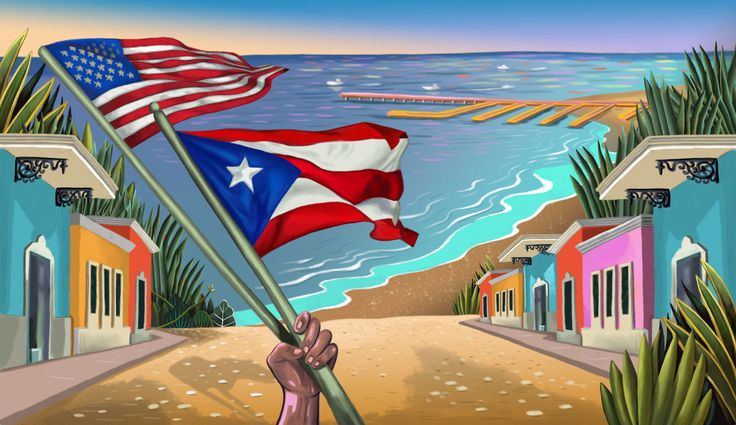 How many dating apps can say that?
How many dating apps can say that?
While you’re here — make a toast to the Gold life and enjoy some of Tinder’s premium features with our Tinder Gold™ subscription
Likes You allows you to see all your fans, saving you precious time
Unlimited Likes for you to catch feelings for as many new people as you want
Rewind for you to undo your last Like or Nope
Use Passport to go anywhere in the world to find people online outside your zip code
Monthly Boost available to put your profile to the top for thirty minutes to get more attention
5 Super Likes available per week because sometimes you really, really Like someone
Looking for access to all of Tinder’s premium features? Join Tinder Platinum™ to also get your Likes prioritized with potential matches, to be able to message before matching, and more.
There’s a plus side for those not ready to commit to a relationship with Gold or Platinum. With Tinder Plus®, you’ll unlock features including Unlimited Likes, Unlimited Rewinds, and Passport.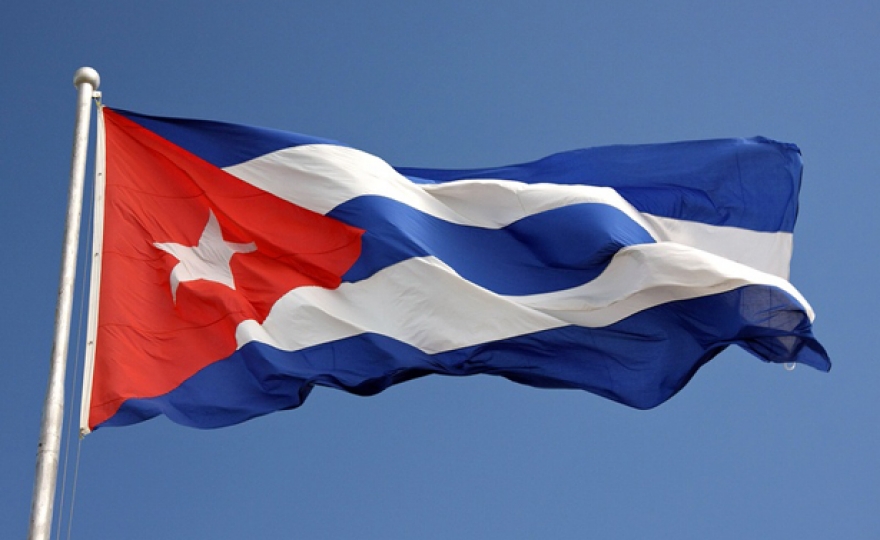
So what are you waiting for? Download the best free dating app today! It doesn’t matter if you’re looking to make friends, meet new people or find your perfect match, Tinder is a place where everyone can find exactly what they’re looking for. — and it’s about time you showed up.
———————————–
If you choose to purchase Tinder Plus®, Tinder Gold™, or Tinder Platinum™ payment will be charged to your Google Play account, and your account will be charged for renewal within 24-hours prior to the end of the current period. Auto-renewal may be turned off at any time by going to your settings in the Play Store after purchase. No cancellation of the current subscription is allowed during the active subscription period. If you don’t choose to purchase Tinder Plus®, Tinder Gold™, or Tinder Platinum™, you can simply continue using Tinder for free.
All photos are of models and used for illustrative purposes only.
Privacy: https://www.gotinder. com/privacy
com/privacy
Terms: https://www.gotinder.com/terms
Swiss mediation in Cuba is history
Fidel Castro with Swiss Ambassador to Havana Emil Stadelhofer (Emil Stadelhofer, 1965). LIFE Images Collection/Getty Images
Today, Washington and Havana restore diplomatic relations, ending one of the last chapters in the history of the Cold War. On this day, it would be nice to remember the history of Swiss mediation in this region of the world. What role has Switzerland played in relations between the two countries in the last half century? And what role does Bern intend to play now, in the new phase of the Cuban revolution? nine0003
This content was published on November 26, 2016 – 12:30 pm
Marcela Aguila Rubín
“Thanks to its historical role and its experience as an intermediary, Switzerland is ideally placed to accompany, with advice and other support, the process of social transformation that has now begun in Cuba,” the Swiss Federal Department (Ministry) of Foreign Affairs (FDFA) recently stressed in a communiqué ). nine0003
nine0003
These words are fitting to be the final chord in a long history of Swiss mediation in the U.S.-Cuban conflict since 1961, when, as a credible neutral country, the Confederation was mandated to represent American interests in Havana. .
Inexperienced Powers
But how did it happen that Cuba and the United States, historically very close, suddenly found themselves on opposite sides of the barricades? The historiography of this conflict spans thousands of volumes. However, if we try to reduce all these complex issues to the size of one thesis, then we will probably see the main and, in fact, paradoxical reason. After the Second World War, the fate of the world suddenly turned out to be dependent on the United States and the USSR, the countries least prepared to conduct global politics. nine0017
In fact, at the beginning of the 20th century, the United States, like Switzerland, was a neutral country, and the USSR (Russian Empire) was more likely to be engaged in internal colonization and defense of its own vast expanses.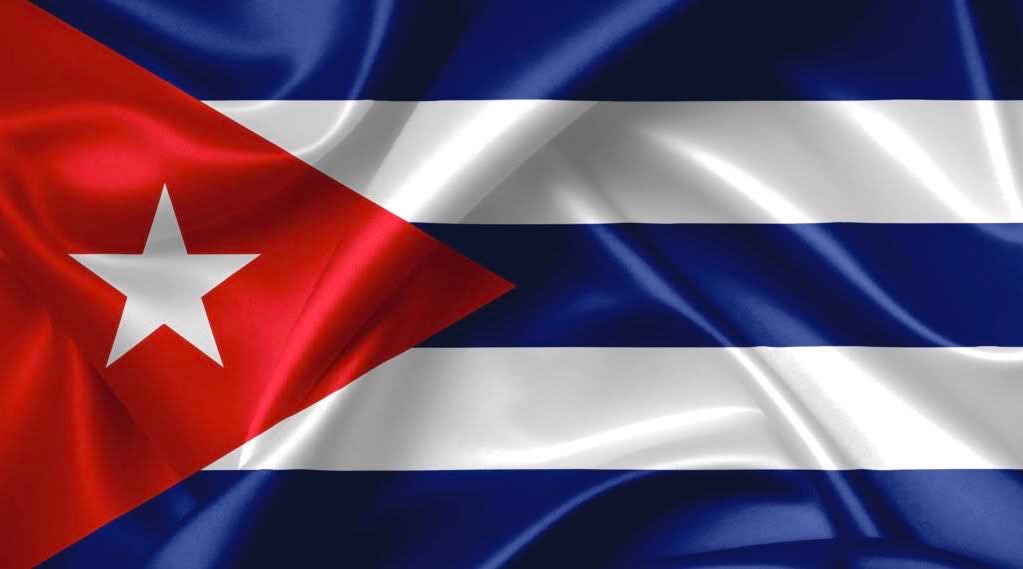 It is not surprising that by making mistakes, Moscow and Washington almost plunged the world into the abyss of the third world war. And the fact that Cuba almost became the trigger for this war is largely a historical accident, multiplied by the romantic halo of the Cuban revolution.
It is not surprising that by making mistakes, Moscow and Washington almost plunged the world into the abyss of the third world war. And the fact that Cuba almost became the trigger for this war is largely a historical accident, multiplied by the romantic halo of the Cuban revolution.
By the way, Washington at first had nothing against the change of power in Cuba. The United States recognized the new government on the island within 72 hours. Fidel Castro made his first visit as head of state in 1959 not just anywhere, but to the United States, where the Capitol stood, a copy of which still adorns Havana. And they accepted him there, as you can see, with delight!
However, the “honeymoon” in relations between the two countries did not last long. The reasons for the gap, as historians say, are very different, but it can be assumed that the policy of Havana, aimed at the total nationalization of the property of private American companies in Cuba, became one of the main factors that led to a cooling, and then a break in relations.![]() nine0003
nine0003
Be that as it may, two years after the revolution, Washington decided to “show temper” and closed the embassy in Cuba. Employees of the American diplomatic mission boarded a special ferry and left the “Island of Freedom”. “It was a huge disappointment for us,” Wayne Smith, then third secretary at the US embassy in Havana, recently told the AFP news agency, recalling those events.
The USSR decided to take advantage of the situation. The wall had just been built in Berlin, the “iron curtain” took on the form in which it existed until the end of 1980s, but it seemed tempting to Moscow to continue the foreign policy “offensive” and occupy a niche that had just been voluntarily liberated in Cuba by the Americans. It is obvious now, after so much time, that this was also a mistake, which almost led to the saddest consequences.
The role of Switzerland
The then leaders of the United States and the USSR still managed to stop at the edge of the abyssExternal link.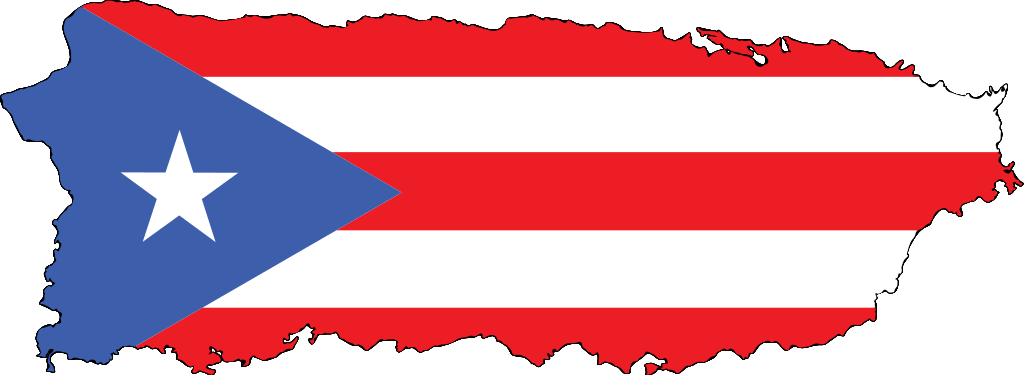 However, in relations between the United States and Cuba, especially after another mistake by Washington (meaning the events of April 17, 1961 years – prepared by the CIA armed landing in Cuba with the aim of overthrowing Fidel Castro – approx. ed.) the real “polar winter” has come.
However, in relations between the United States and Cuba, especially after another mistake by Washington (meaning the events of April 17, 1961 years – prepared by the CIA armed landing in Cuba with the aim of overthrowing Fidel Castro – approx. ed.) the real “polar winter” has come.
And here the hour of Swiss diplomacy struck. If we analyze the sources of those years, reflecting Bern’s course in the Cuban direction, then we can first of all see that the Swiss diplomats quite soberly assessed the situation and their capabilities. “The threat of a third world war, this time a nuclear one, was quite real,” we read in these documents. nine0017
The same sourcesExternal link shows that in stabilizing the most dangerous crisis in relations not only between the United States and Cuba, but also between Washington and Moscow, “Swiss diplomacy actually played the main role.” And it is no coincidence that in the situation of a complete break in relations with Havana, the White House turned to the Swiss Ambassador to Cuba, Emil Stadelhofer (External link, 1915-1977), with a request to take on the role of an intermediary in relations with Castro.
Kamarioka Port
One of the first tasks that the Swiss diplomat faced as part of his new mission was the organization of the transfer from Cuba to the United States of the body of pilot Rudolf Anderson (1927 – October 27, 1962), who died after his reconnaissance aircraft was shot down over Cuba during the Caribbean Crisis.
The next big problem was the so-called “crisis around the port of Kamarioka”, which lasted for several years, from about 1965 to 1973. And it was all about Castro’s decision to open this port for all those who had relatives in Florida, who were not of draft age and who would like to leave Liberty Island. nine0003
In the first two months alone, in 1965, almost 260,000 Cubans left their homeland through the port of Camarioca. Immigration (Cuban) Subject File, CG Historian’s Office
Few people expected that the flow of emigrants would become a real avalanche. In the first two months alone, more than 260,000 people left Cuba, especially since the United States, through President Lyndon Johnson, openly declared that they would accept everyone. Former Swiss diplomat Werner B.* is retired today. In a conversation with swissinfo.ch, he recalled the titanic work he and his colleagues had to do. nine0003
Former Swiss diplomat Werner B.* is retired today. In a conversation with swissinfo.ch, he recalled the titanic work he and his colleagues had to do. nine0003
“Who can leave and who can’t is not up to us. We simply interviewed those who wanted to leave Cuba and who had the right to apply for such an opportunity, that is, with people who had some special circumstances, or with those who were no longer of the age to be drafted into the army. But basically everything happened like this: the Cuban authorities provided us with lists of those who theoretically could leave, and then we passed them on to the American side.”
Forever in memory
Those days and months will forever remain in the memory of Werner B. “The amount of work was simply titanic. Every month, first through the port, and then by plane, from 3 to 4 thousand people left the island. Each flight was packed to capacity. The first plane from the United States usually landed at Varadero Airport between 6 and 7 am. On board were employees of the US immigration department and one doctor: they checked the documents and the health of those who wanted to leave.”
On board were employees of the US immigration department and one doctor: they checked the documents and the health of those who wanted to leave.”
Werner B. himself, who was then only 24 years old, was specially sent from Bern to Havana “for reinforcement” in order to unload a few colleagues in Cuba. “Every day we received thousands of inquiries from people who wanted to know how the processing of their applications for obtaining the right to leave was going. We answered almost everyone, even if using standard response forms, but still, it was just an overwhelming amount of work. nine0003
Later, Werner B. became a career diplomat and went through all the steps of a career. He had to work in many countries, but now he remembers the time spent in Cuba almost with tears in his eyes. “I had to witness the pain and despair, the suffering of those who left and those who stayed, realizing that they would probably never see their relatives and friends again. I also saw the nobility of the Cubans, ready to share the last, and only there, on the Island, did I understand what it means to be a Real Person. nine0003
nine0003
In 1991, after the collapse of the USSR and the Warsaw Pact, Switzerland took on the task of representing not only the interests of the United States in Cuba, but also of Cuba in the United States, since the country that previously performed these functions, Czechoslovakia, collapsed along with the Soviet empire. Back in May 1977, President Carter agreed with Castro to open in the United States and, accordingly, in Cuba, the so-called Interest Representation Sections, which later greatly facilitated Switzerland’s mediation tasks. nine0003
A milestone in history
And today, July 20, 2015, relations between former enemies will return to normal. The embassies of the two countries will start working, and, by the way, it is thanks to Switzerland that the Cuban authorities did not turn the building of the former US embassy in Havana into the Ministry of the Fishing Industry.
The time has come to de-flag the Swiss moisture and shift the center of gravity of Swiss interests in Cuba from political mediation to supporting the accelerated development of trade and economic relations between Bern and Havana.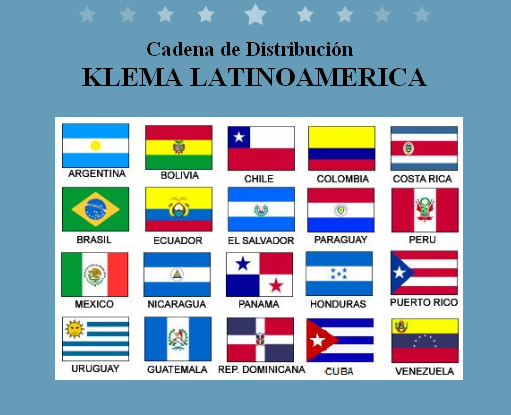 At least this is what the Swiss parliamentarians and representatives of the business community are now demanding. nine0003
At least this is what the Swiss parliamentarians and representatives of the business community are now demanding. nine0003
May 13, 1998: Fidel Castro during his visit to Bern on the occasion of the 50th anniversary of the founding of the World Health Organization (WHO). Pictured to the right is the then Federal President of Switzerland, Flavio Cotti. Keystone
“First of all, it is necessary to improve relations in the credit, financial and banking spheres,” says Andreas Winkler, Chairman of the Swiss-Cuban Chamber of Commerce and IndustryExternal link (Cham), regretting that despite the good reputation of the Swiss financial system , “there is not yet a single Swiss bank in Cuba.” nine0003
Is it because of the embargo?
There are no Swiss banks in Cuba, not so much because of the economic embargo imposed by the US against Cuba, but because of “too much uncertainty experienced by Swiss banks after the tax problems they faced in the United States”, notes Andreas Winkler.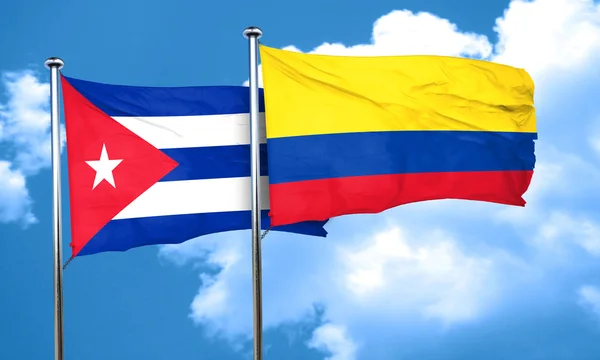 At the same time, banks do not yet have to, in his opinion, open their branches on the island, they can limit themselves to representative offices that could support Swiss enterprises in solving their daily financial problems. nine0003
At the same time, banks do not yet have to, in his opinion, open their branches on the island, they can limit themselves to representative offices that could support Swiss enterprises in solving their daily financial problems. nine0003
Hans-Peter Portmann, member of the National Council of the Swiss Liberal Party (FDP), shares this view. In Parliament, he is also one of the members of the Switzerland-Cuba Parliamentary Friendship Group. Given the capital of trust that the Confederation enjoys in Cuba, as well as the human and natural resources of this Caribbean gem, the desire to increase the volume of trade relations between Havana and Berne would be more than mutually beneficial. nine0003
However, Switzerland must hurry, because since the news of an imminent “reset” in relations between Cuba and the United States in December 2014, large delegations of “captains of the economy” from the United States, France, Italy and Spain have been frequenting the island. “Today they are no longer tourists,” warns Andreas Winkler. He hopes that after Cuba is removed from the list of countries sponsoring terrorism and diplomatic relations are restored, “the reasons for the embargo that has done so much harm to Cuba will finally disappear.” nine0003
He hopes that after Cuba is removed from the list of countries sponsoring terrorism and diplomatic relations are restored, “the reasons for the embargo that has done so much harm to Cuba will finally disappear.” nine0003
*At the request of our interlocutor, we did not mention his full name.
Show more
In accordance with JTI
standards
Show more: JTI certificate for SWI swissinfo.ch
Show more
Another US aggression, or How Cuba and the Philippines were captured
Not invaders. Liberators…
What path has the States already taken by this time? nine0003
The young country “successfully” solved a number of its internal problems. Finally crushed the resistance of Native Americans – Indian tribes; in the 1860s and 1890s, the lands that still belonged to the Indians in the west of North America were seized and became the property of farmers and various companies. And the Indians were destroyed, partially deported and driven into reservations. Decided the issue and division of the country into South and North. Large-scale capitalist production developed rapidly, protected by high protectionist tariffs. nine0003
And the Indians were destroyed, partially deported and driven into reservations. Decided the issue and division of the country into South and North. Large-scale capitalist production developed rapidly, protected by high protectionist tariffs. nine0003
Now American capital needed a variety of cheap natural raw materials, markets for its products, sea routes covered by naval bases. The political superstructure of the United States has always carried out the order of the financial and industrial oligarchy – back in the first half of the 19th century, the “Monroe Doctrine” was proclaimed. According to it, North and South America were proclaimed a zone closed to European colonization. It was assumed that it would be dominated by the States. At the end of the 19th century, the American government pursued a policy of expanding economic influence in Latin America and Asia. nine0003
The administration of US President William McKinley (March 4, 1897 – September 14, 1901) believed that it was time for the United States to acquire its first colonies, which would simultaneously be sources of raw materials and sales markets. In addition, Spain was weak and could not defend its colonies by force, inflict great damage on the United States, and did not have powerful allies. The capture of Cuba, Puerto Rico and the Philippine Islands solved the problem of strengthening the strategic position of the United States in the Caribbean, Atlantic and Pacific Oceans.
In addition, Spain was weak and could not defend its colonies by force, inflict great damage on the United States, and did not have powerful allies. The capture of Cuba, Puerto Rico and the Philippine Islands solved the problem of strengthening the strategic position of the United States in the Caribbean, Atlantic and Pacific Oceans.
The United States carried out successful preliminary work in preparation for war: an information campaign in the press about “Spanish cruelties, and in 1895 in the territory of Puerto Rico and Cuba, and in 1896 in the territory of the Philippine Islands, the national liberation struggle against the Spanish regime “began” . For example, the Cuban Revolution began with the fact that a detachment of José Marti landed in Cuba (he was helped to create the Cuban Revolutionary Party in the USA in 1892). The Cuban rebels were ruthless, destroying settlements, plantations, industrial enterprises. The Spanish governor-general responded to cruelty with cruelty. In Cuba, the uprising was almost crushed, the peasants were herded into concentration camps, thus depriving the partisans of support. nine0003
In Cuba, the uprising was almost crushed, the peasants were herded into concentration camps, thus depriving the partisans of support. nine0003
The American press threw a tantrum about the “bloody Spanish regime”. The US Senate recognized the rebels as a belligerent and demanded that the Spanish side resolve the conflict amicably. The Spaniards, in turn, said that the Cuban unrest is an internal affair of the empire (reading this, you understand that the current unrest in Libya, Syria, the situation around Iran, repeat the scenario more than a century ago).
In the eyes of the world community and the American inhabitants, the United States wanted to look like “liberators”, so a pretext for war was needed. But the problem was that Spain did not want to fight. nine0003
“Remember Maine!”
At the end of January 1898, the American armored cruiser Maine arrived in Cuban Havana. Although the Americans claimed the friendly nature of the visit, it was clear that this was a challenge and a demonstration. The Spaniards were forced to allow this visit.
The Spaniards were forced to allow this visit.
February 15, 1898 there was a terrible explosion and the ship was lost. The explosion occurred in the evening, when the crew was on the ship and the sailors were sleeping, so there were many victims – 261 people died (the standard crew of the ship is 355 people). An interesting fact is that almost all the officers were on the shore, and the dead sailors were mostly blacks. The United States blamed the explosion on the Spaniards, who planted a mine under the ship. Although the Spaniards, who did not want to fight the United States, did not need this action, there was no motive, unlike the Americans. nine0003
Almost immediately, a number of questions arose that disproved the American version. According to experts, such an explosion, which broke the ship in half, could not have come from a mine (it would have formed a hole in the underwater part of the cruiser). Therefore, the explosion, apparently, occurred inside the cruiser “Maine”.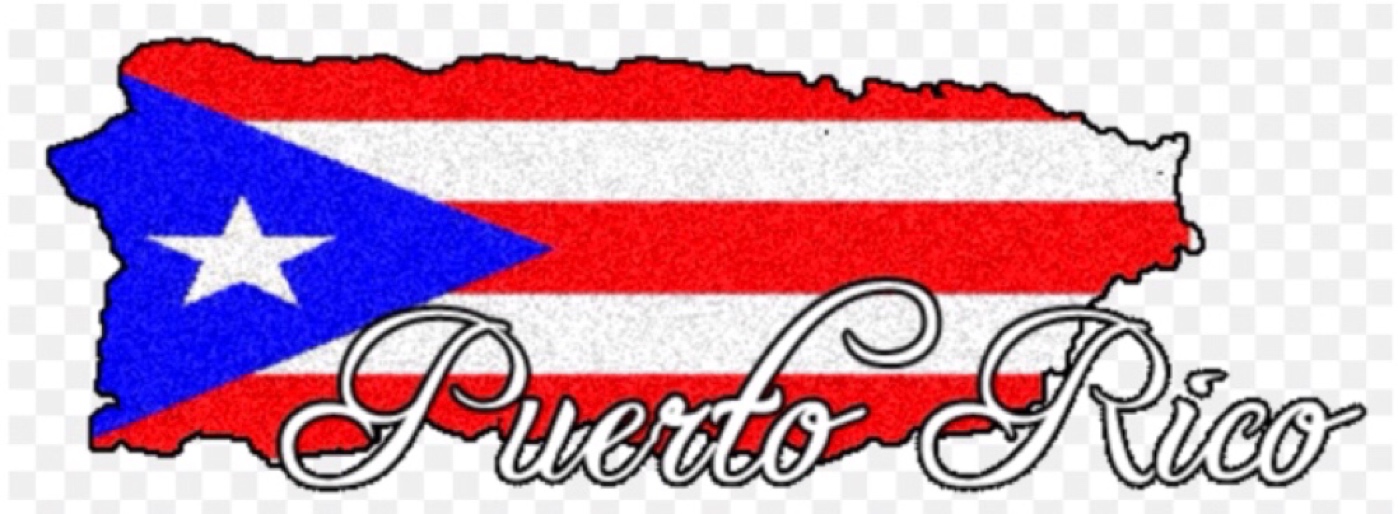 Other facts also pointed to this: the absence of stunned fish, which would have been in an underwater explosion, broken windows of surrounding buildings.
Other facts also pointed to this: the absence of stunned fish, which would have been in an underwater explosion, broken windows of surrounding buildings.
When they tried to raise the ship to the surface already at 1910, this version was confirmed, people learned that the explosion occurred inside an armored cruiser, and not from a mine or torpedo. And also that the steam boilers were intact, so the version of their explosion was excluded. In addition, in 1911, the Americans unexpectedly curtailed all work on raising the ship, all documents related to the investigation into the death of the cruiser were classified. The bow of the ship, mutilated by the explosion, was cut and melted down.
Contrary to the facts that pointed to an internal explosion, the American commission quickly completed its business and left for their homeland. The reason was created – “The vile Spaniards blew up our cruiser with a mine.” The slogan was thrown into society: “Remember Maine!” nineteenApril, the United States demanded that Spain abandon Cuba, at the same time the mobilization of volunteers and the deployment of the fleet began. Already on April 21, without a declaration of war, American ships began to seize Spanish transports heading to Cuba. On April 22, the American squadron of Rear Admiral Sampson opened fire on the coastal fortifications off Havana.
Already on April 21, without a declaration of war, American ships began to seize Spanish transports heading to Cuba. On April 22, the American squadron of Rear Admiral Sampson opened fire on the coastal fortifications off Havana.
Strange War
The campaign was fast and with relatively few casualties. In general, it was a somewhat strange war. The first US soldiers died only two months after the start of the war. They fell off the side of the boat during the landing and drowned. The Spanish soldiers, completely devoid of motivation for war, morale, saw a heavy burden in the colonies and dreamed of returning home. nine0003
The main fighting took place at sea. The American ships were more modern and surpassed the Spanish in almost all respects – the artillery of the American Navy was 2.5 times more powerful and had a higher rate of fire, superior in armor protection. The Spaniards neglected combat training in the pre-war period: there were no maps, no plan of action in case of war with the United States, ship gunners did not practice shooting, the general level of crew training was extremely low.
The financial possibilities of the States and the Spanish crown were not comparable either. Spain did not even have enough money to buy coal for the needs of its Navy.
The result was sad: the Spanish squadron was completely destroyed.
The Spaniards sued for peace having lost their main fleet – the war was lost. The United States during the entire war lost only about 500 people killed (much more died from diseases and wounds – about 6 thousand people), the Spaniards more than 2.1 thousand people (there is no information on the number of deaths from diseases in the Spanish forces, but apparently not less than Americans). nine0003
“Kill all who are taller than the cart axle”
On August 13, 1898, the Treaty of Paris was signed. The Spanish side was forced to abandon all its colonies in Asia and Latin America – the Philippine Islands, Guam, Puerto Rico and Cuba. The first three territories became American possessions, for which the United States paid the Spanish crown $ 20 million in compensation.![]() And Cuba was proclaimed an independent republic, but in reality it became a “banana republic” and a “brothel” of the United States. Its foreign policy, economy, finances were under complete American control. An American naval base was established in Guantanamo Bay. nine0003
And Cuba was proclaimed an independent republic, but in reality it became a “banana republic” and a “brothel” of the United States. Its foreign policy, economy, finances were under complete American control. An American naval base was established in Guantanamo Bay. nine0003
The United States brilliantly tested the scenario of its future wars: information warfare (the enemy is mixed with dirt even before the start of the “hot war”, turning into a “bloody monster” in the eyes of the world community), brilliant use of the discontent of the population, organization of “people’s liberation” movements ” , provocation, “pirate” war (control of communications, naval operations, landings, etc.).
Spain finally lost the status of an important colonial and maritime power. But the United States received the status of a great maritime power, the American Navy after the battle of Santiago de Cuba was recognized as one of the leading fleets of the planet. nine0003
The Spanish-American War demonstrated to the entire world community the strength of a young predator, a new great power appeared on the world map.